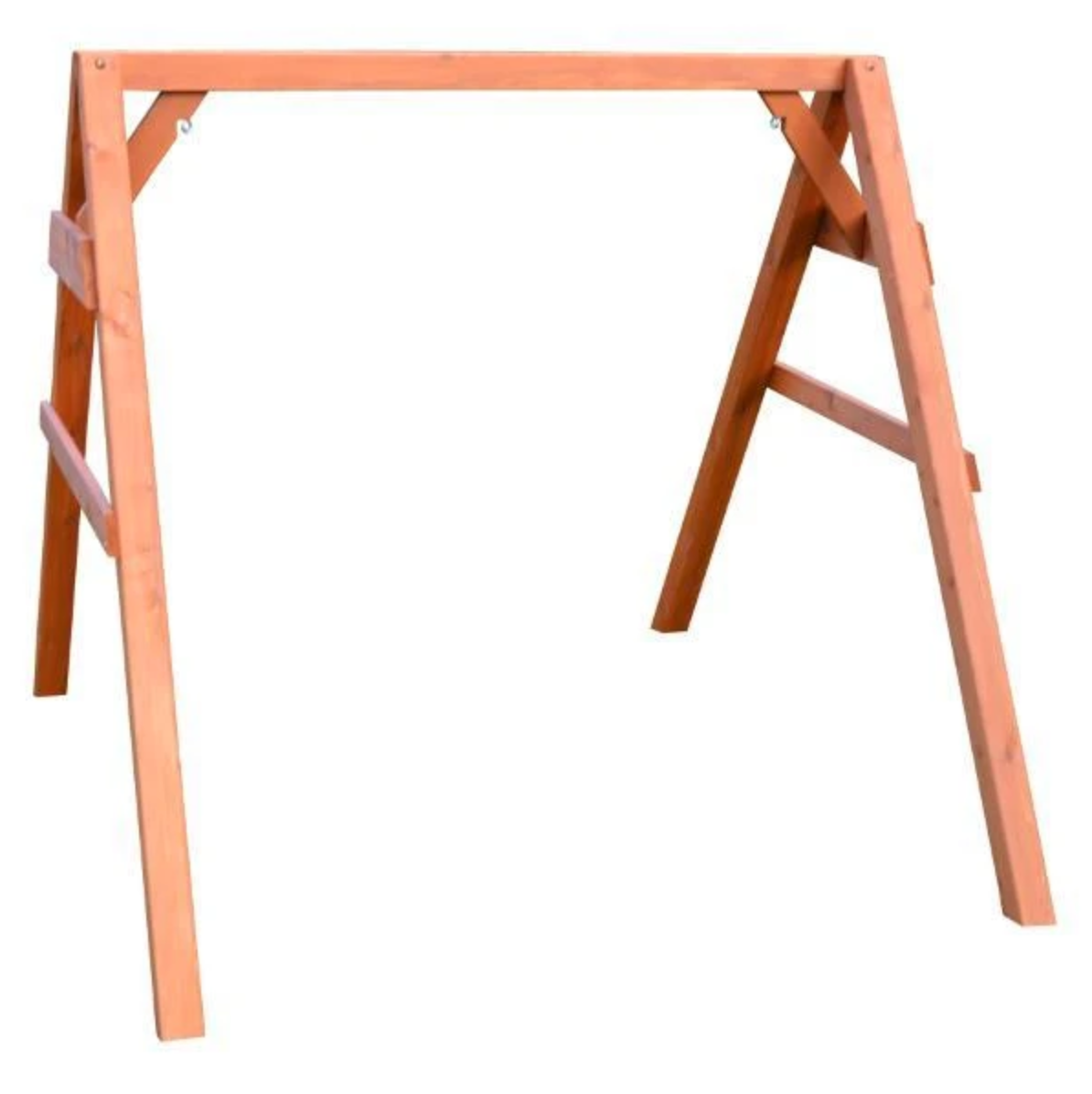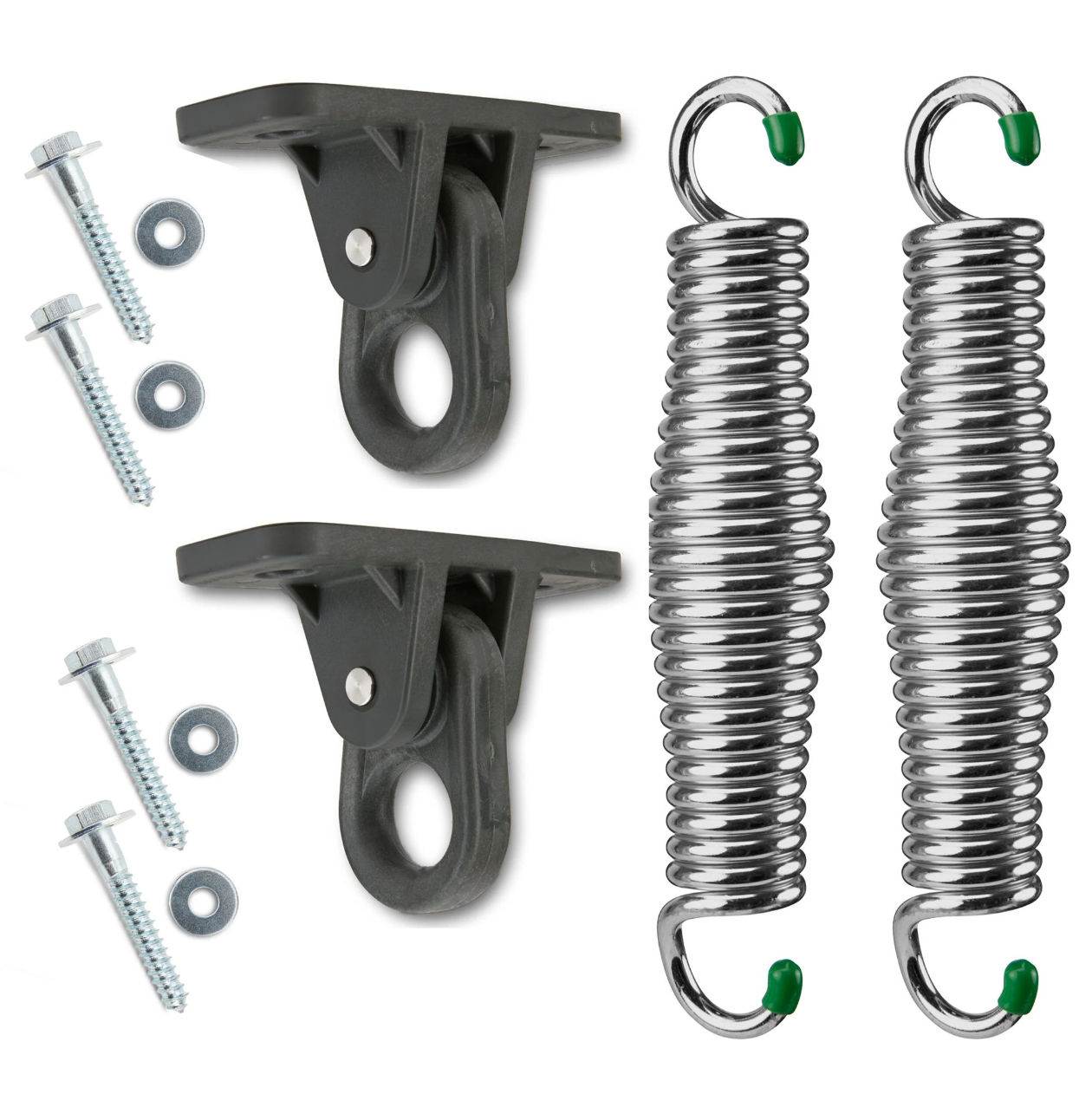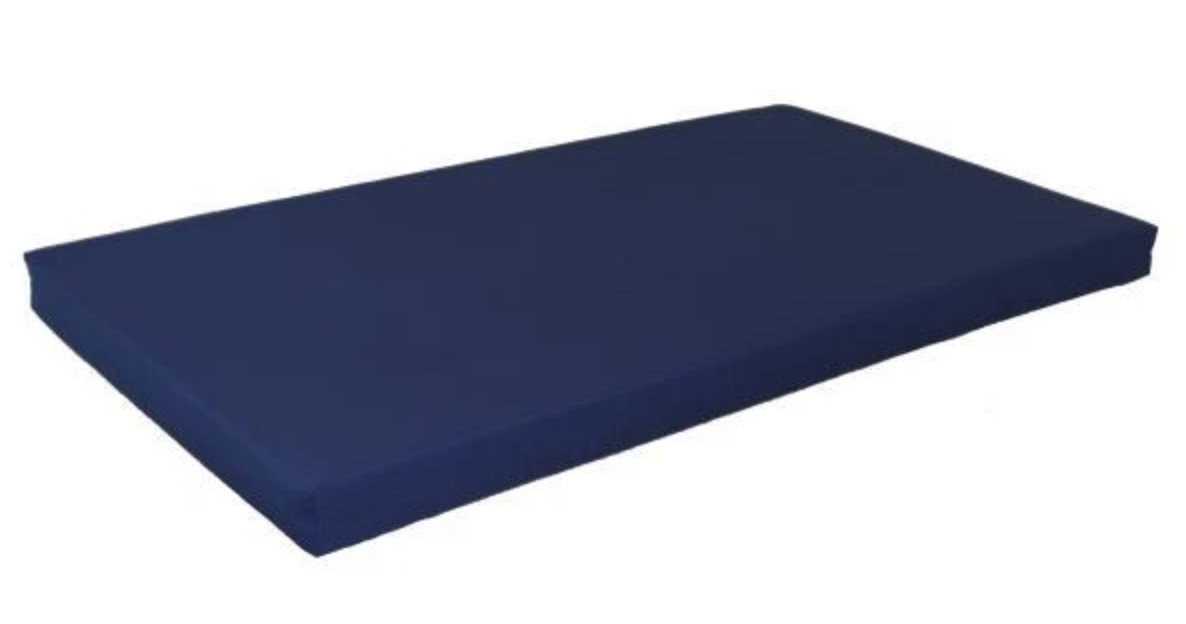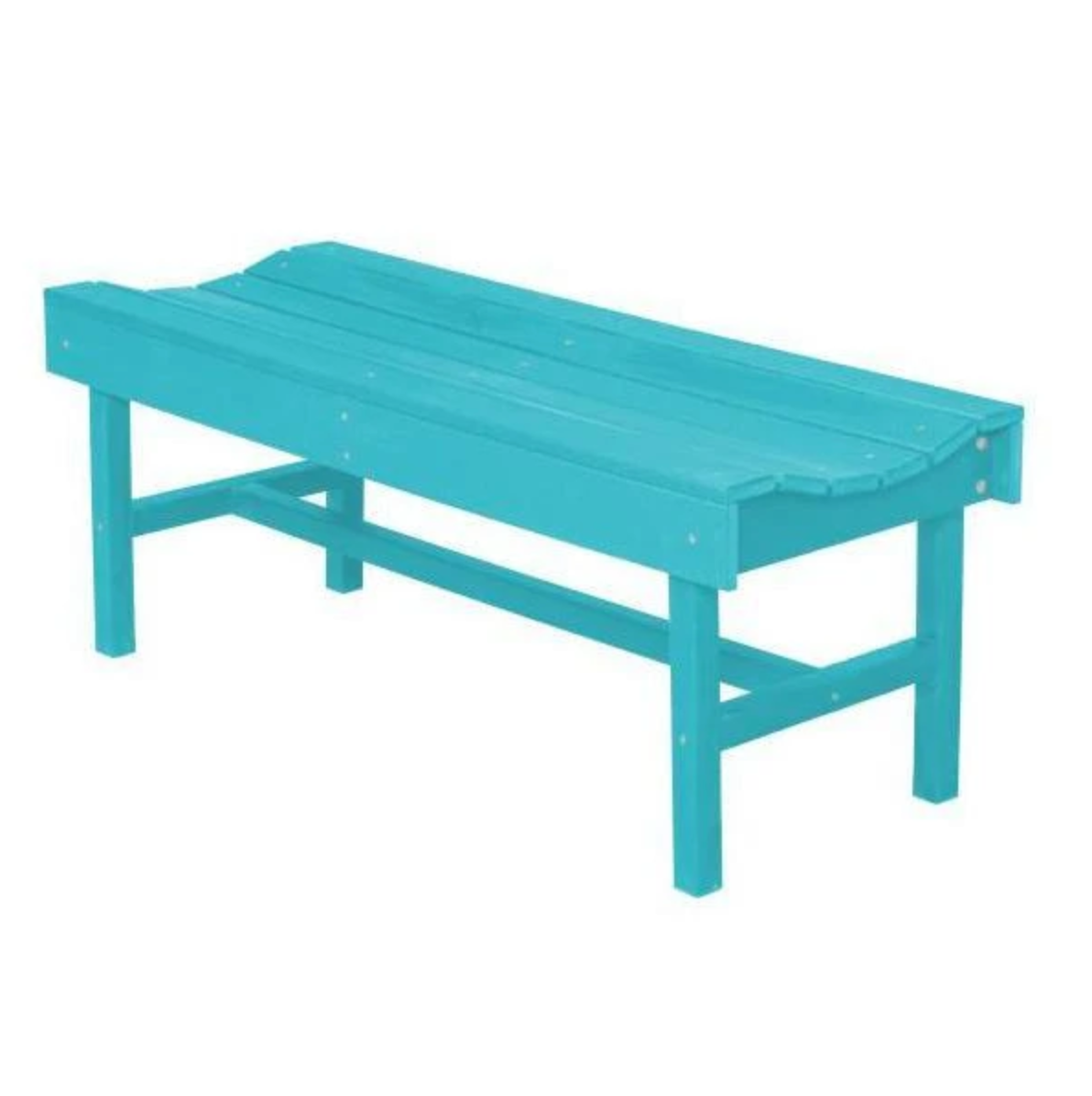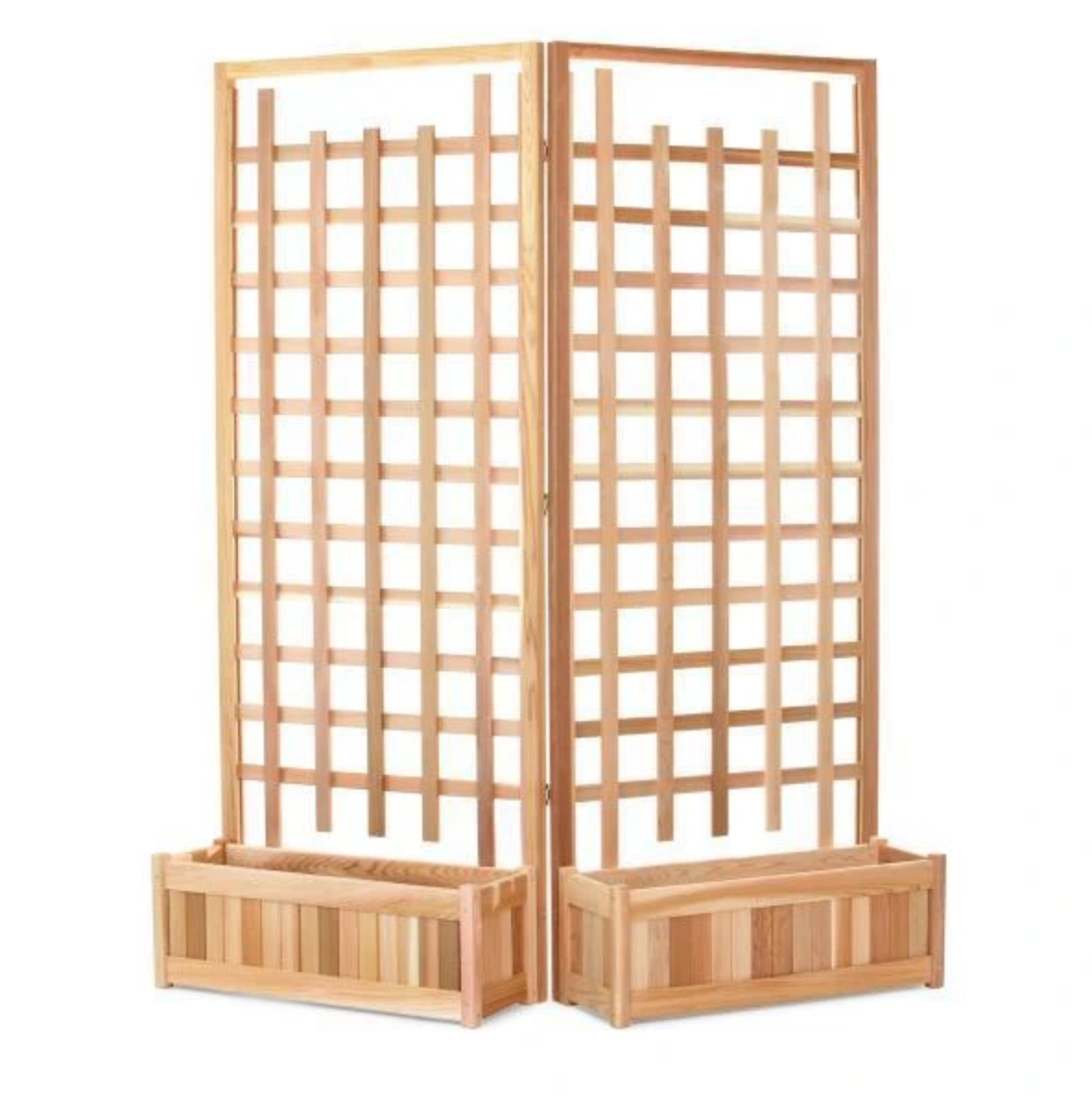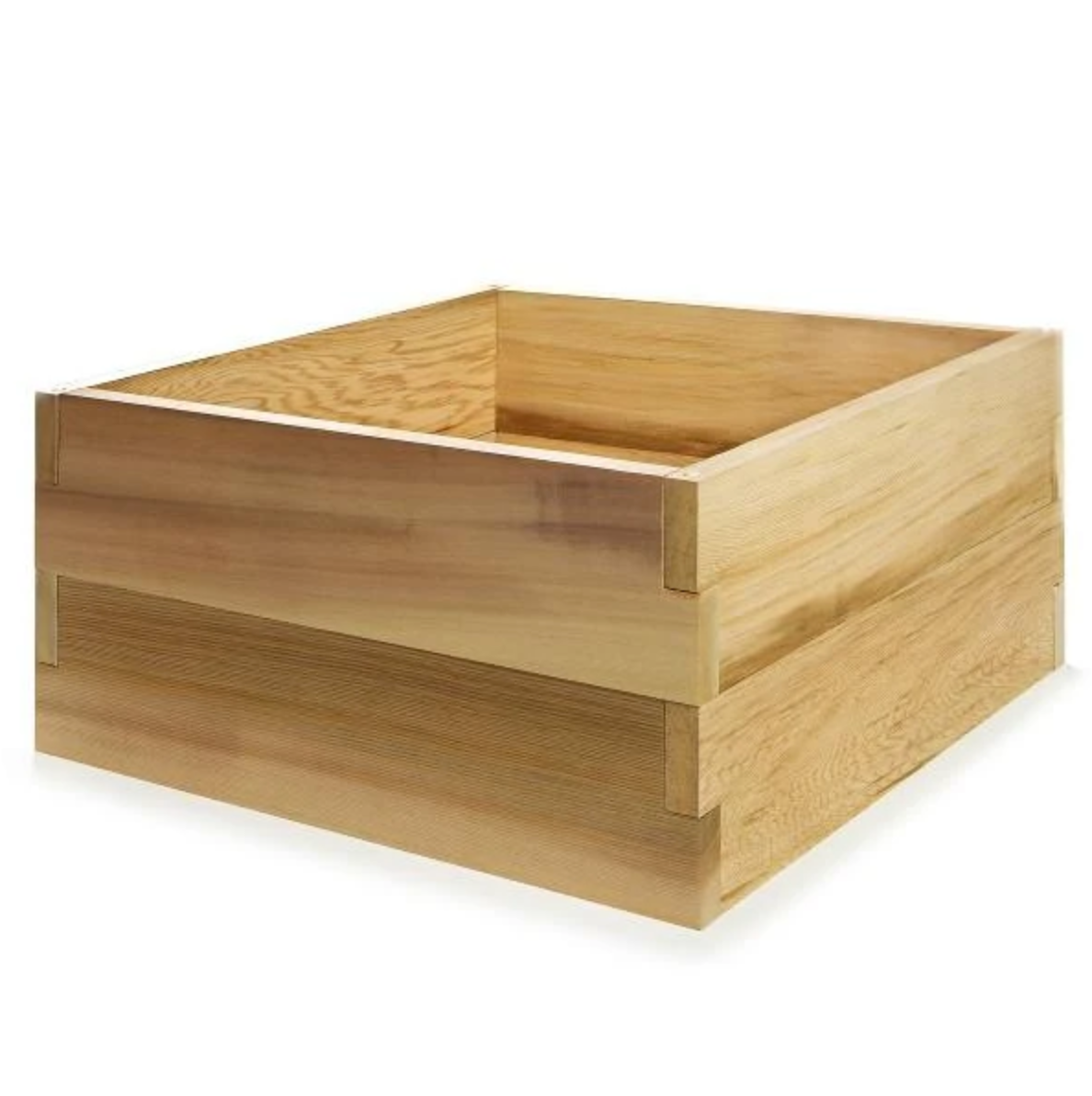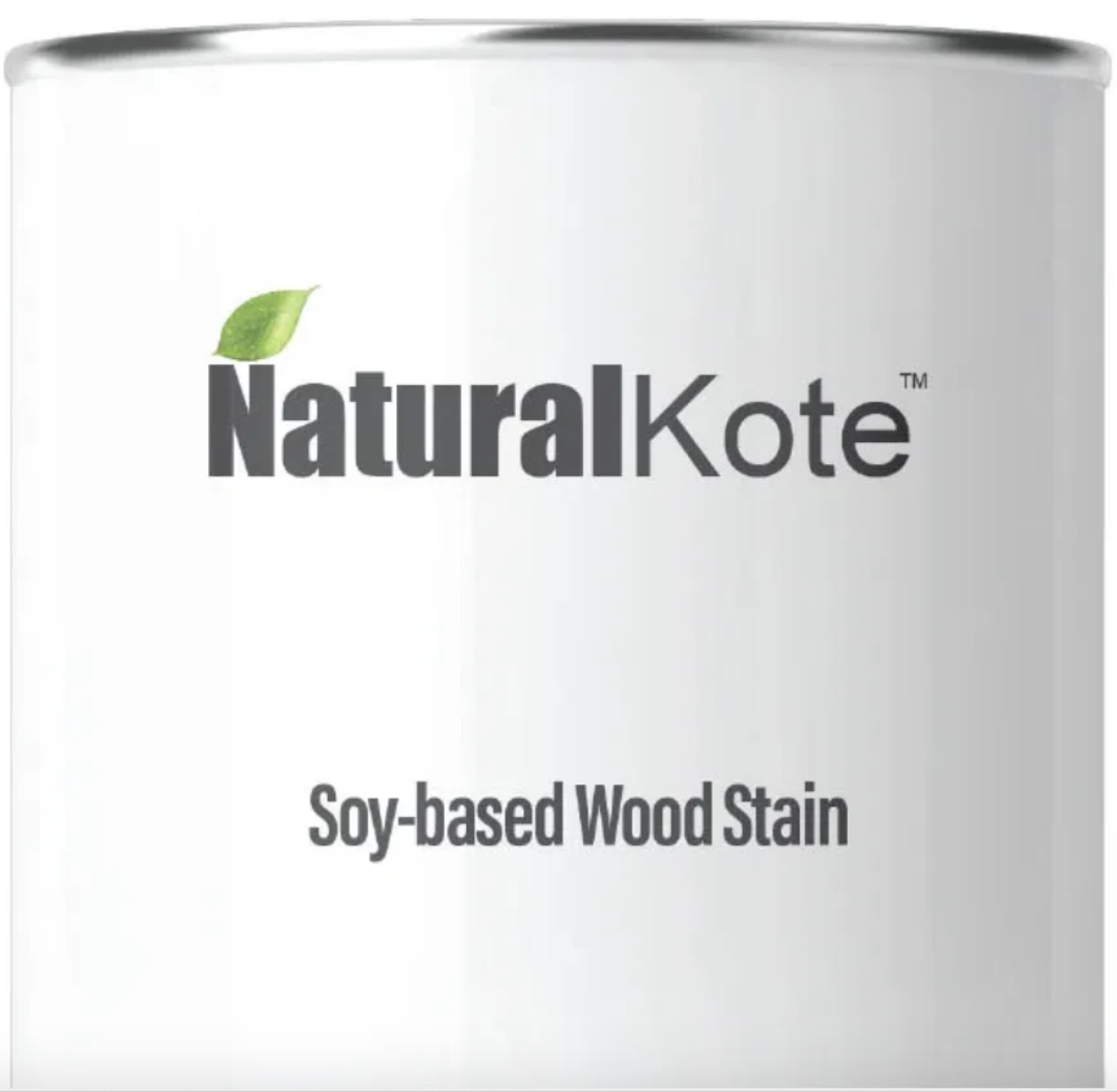Your Cart is Empty
FREE SHIPPING ON EVERY ORDER
Menu

FREE SHIPPING ON EVERY ORDER
Swings
Benches
Tables & Chairs
Home & Garden
What To Do With Interiors Affected By Past Water Issues
Water damage leaves more than just a stain—it can undermine structural integrity, diminish property value, and cast a long shadow over buyer confidence. Whether caused by plumbing mishaps, roof leaks, or past flooding, interiors that show signs of water issues must be addressed strategically, not only to restore functionality but also to preserve financial opportunity.
Photo by Aaron Huber on Unsplash
With today’s buyers more cautious and inspection-savvy than ever, how you respond to a history of water damage can make or break a sale or renovation plan. Let’s begin with what sellers need to consider before putting a previously affected home on the market.
Selling Your Home After Water Damage
If you’re preparing to sell a property with a history of water intrusion, transparency, restoration quality, and strategic staging will determine your success in the market.
Disclose Honestly And Document All Repairs
Buyers appreciate honesty—and so do real estate laws. In most jurisdictions, failure to disclose known water damage or mold issues can lead to post-sale lawsuits or contract nullification. Be proactive: disclose the event, when it occurred, and exactly how it was repaired. Have professional documentation ready, including invoices from licensed contractors, mold remediation certificates, and any insurance assessments.
Stage With Purpose To Rebuild Confidence
Even if all repairs are complete, signs of past damage—like discolored trim, replaced flooring in only one area, or mismatched paint—can raise doubts. Consider repainting entire walls rather than just touched-up sections and replacing full room carpets or baseboards where needed. Use light, bright design choices to create an open, dry, breathable aesthetic.
Consider A Pre-Listing Inspection
A professional home inspection before listing gives you an objective view of any lingering issues and reassures buyers that nothing is being hidden. Many sellers even share the inspection report with potential buyers upfront—especially when selling a home with a past water issue. It signals confidence, transparency, and saves time during negotiations.
Deep Cleaning And Dehumidifying For A Fresh Start
Before any cosmetic improvements or repairs can succeed, your first step is to eliminate lingering moisture and odors.
Use A Commercial-Grade Dehumidifier
Moisture can remain trapped in concrete, under flooring, or inside insulation long after surface water is removed. Invest in or rent a commercial-grade dehumidifier capable of extracting gallons of moisture per day. Run it continuously for a week or more in the affected space, monitoring humidity levels to ensure they stay below 50%. You may also need a moisture meter to test deeper areas of walls or subflooring before proceeding with replacements.
Target Persistent Odors With Ozone Or Enzyme Treatments
Musty smells are a common sign of past water issues, even when mold isn’t visibly present. Airing out a home may help temporarily, but for lasting odor control, consider an ozone generator or enzyme-based odor neutralizer. These break down the molecules that cause smell rather than simply masking them. Always follow safety guidelines—ozone generators, for instance, require rooms to be vacated during treatment.
Clean Walls, Vents, And Hvac Units
Mold spores and humidity-related contaminants can linger in unexpected places. Clean air vents and replace HVAC filters. Use a vinegar-and-water solution or commercial mold-killing cleaner on baseboards, lower wall sections, and even ceilings. A professional duct cleaning may also be warranted if your system operated during the water incident.
Photo by Jason Wang on Unsplash
Repairing Cosmetic Damage That Signals Past Water Issues
Cosmetic restoration is about more than aesthetics—it’s your chance to erase the visible signs of prior water damage and prevent future complications.
Replace Warped Or Swollen Materials
Drywall, baseboards, and laminate flooring that have absorbed water often swell, warp, or blister—none of which inspire buyer confidence. If these materials show even subtle signs of previous swelling, they should be replaced entirely. Don’t attempt to patch or disguise them unless you can truly match the original seamlessly.
Sand, Prime, And Paint With Mold-Resistant Products
Once damaged surfaces have been removed, ensure your repairs last with the right products. Use mold-resistant primer before painting, and opt for moisture-resistant paint in vulnerable areas such as basements, bathrooms, and kitchens. This creates a protective barrier and reinforces a dry, clean presentation.
Match Textures, Not Just Color
One of the most obvious signs of repair is mismatched texture—especially on ceilings and plaster walls. If you’re repairing a popcorn or knockdown ceiling, hire a professional who can match the original texture precisely. A perfect color match won’t help if the surface looks noticeably different under light.
Mold Inspection And Long-Term Prevention Strategies
Even if visible mold is gone, the risk of return remains unless you take long-term control of interior moisture.
Hire A Certified Mold Inspector
A professional mold inspection offers peace of mind and may be required in certain markets, especially if a buyer’s financing hinges on property health. An inspector will test air quality, take swabs from surfaces, and locate any hidden mold with infrared or moisture-detection equipment. If mold is found, certified remediation is the only credible fix.
Upgrade Interior Drainage And Waterproofing
If water seeped in through basement walls or the foundation, it’s essential to assess and upgrade your home’s waterproofing. Interior French drains, vapor barriers behind drywall, or a sump pump system with backup battery power can all prevent future incidents. If groundwater was the cause, exterior grading or downspout extensions might also be necessary.
Install Smart Sensors And Monitoring Devices
Wi-Fi enabled water sensors placed in high-risk areas—near water heaters, under sinks, or in crawlspaces—can alert you at the first sign of moisture. Some smart home hubs even integrate moisture alerts into your security or HVAC systems, offering early detection to prevent repeat damage. Buyers increasingly value these preventive tech features as part of a safe home package.
Photo by Kara Eads on Unsplash
Wrapping Up
Water damage doesn’t have to define your interior space—or sabotage your property goals. By restoring structurally, refreshing aesthetically, and preparing proactively, you can turn a water-damaged past into a confidence-inspiring present. Whether you plan to sell, renovate, or simply live well, tackling water issues head-on is the first step in reclaiming the integrity and beauty of your home.
Also in News
US
United States
Dec 18, 2025 01:04
Product Tag :
Product Collection :
×



